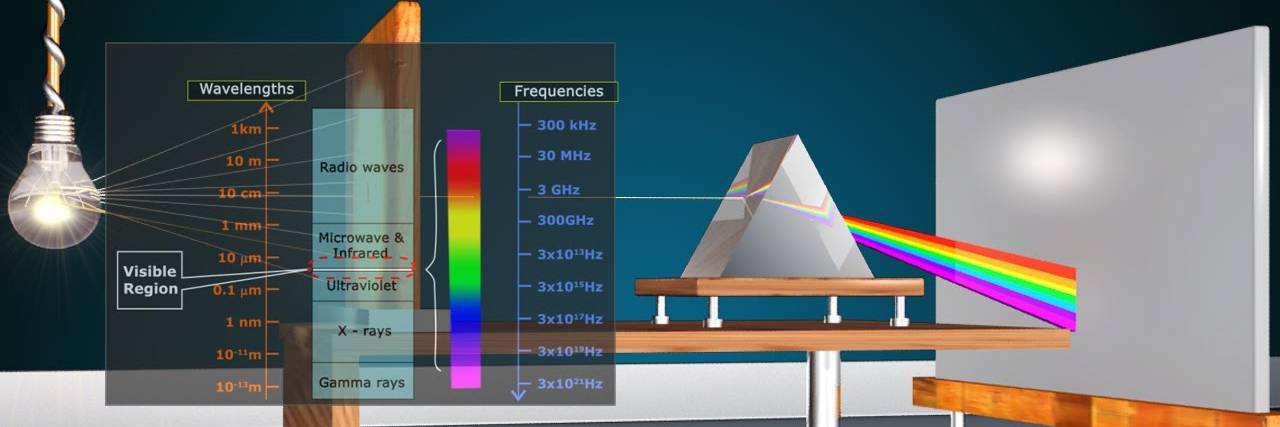Electromagnetic Cavity Resonator
Introduction
ElectroMagnetic (EM) waves are central to investigations in several different fields of study, including but not limited to: space observations, medical imaging, time-domain sensing, and telecommunications. Since we use EM waves in a wide variety of applications, it is important to be able to characterize their behavior in various materials. In our current investigation, we focus on the material properties of linearity and loss. Two techniques often used to characterize the EM properties of materials are the resonant cavity and transmission line methods. Applicability of each of these methods (and or others) is primarily determined by the relative characteristics of the material of interest and the frequency range of operation. With the assistance of our Sponsor, we selected the cavity method for our measurements as conceptually shown below. A Vector Network Analyzer (VNA) measures the S-Parameters at the inlet and outlet ports, from which the material parameters (e.g. dielectric constant and loss tangent) can be calculated.

Motivation
Our Sponsor has developed a method to characterize the material properties of nonlinear, low-loss dielectrics using an electromagnetic cavity resonator. Our task is to extend this capability to facilitate:
- Measurements over a broader range of frequencies,
- Semi-autonomous data collection, and
- To investigate a multi-physics computational model of a low-loss, nonlinear dielectric using relevant and measured dielectric parameters.
Advisor Information
James P. Becker, Ph.D. | Department of Electrical and Computer Engineering
Dr. Becker's research and teaching interests are in areas of microwave, millimeter wave and nano-electronics, as well as microfabrication and nanofabrication.

